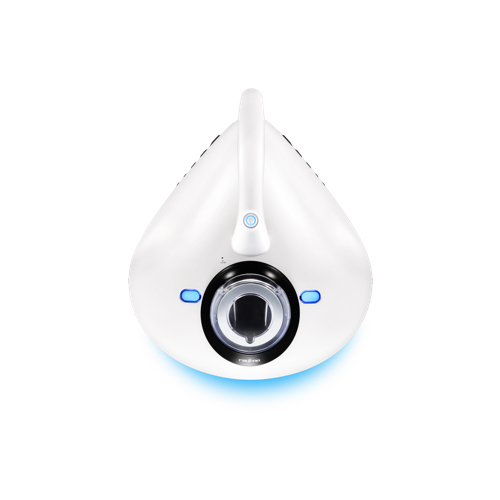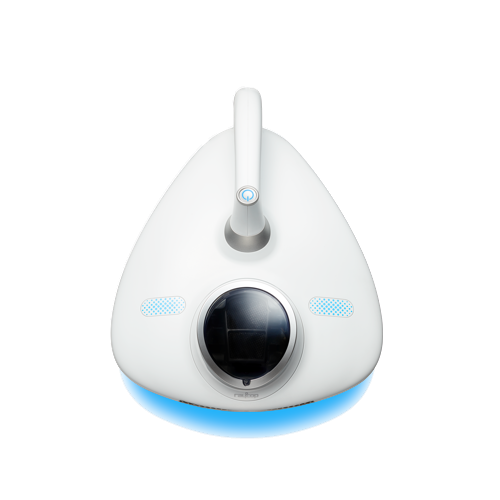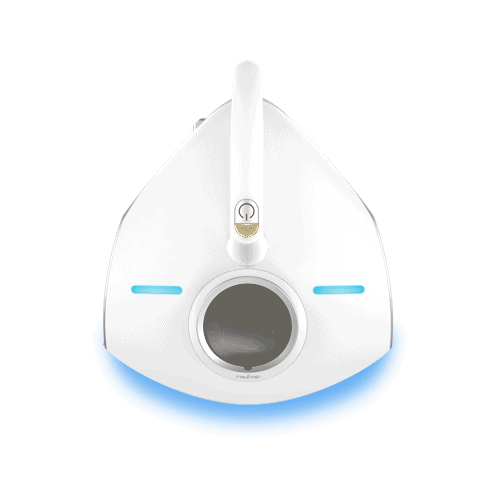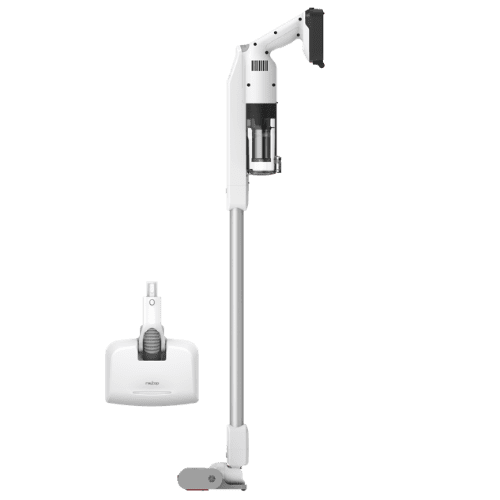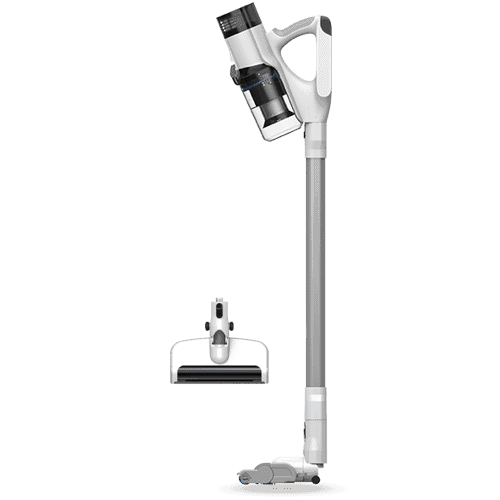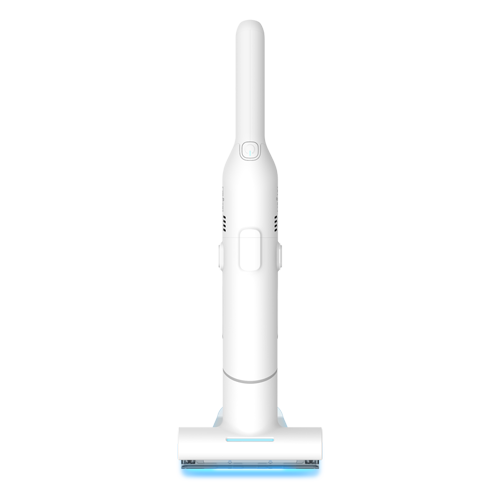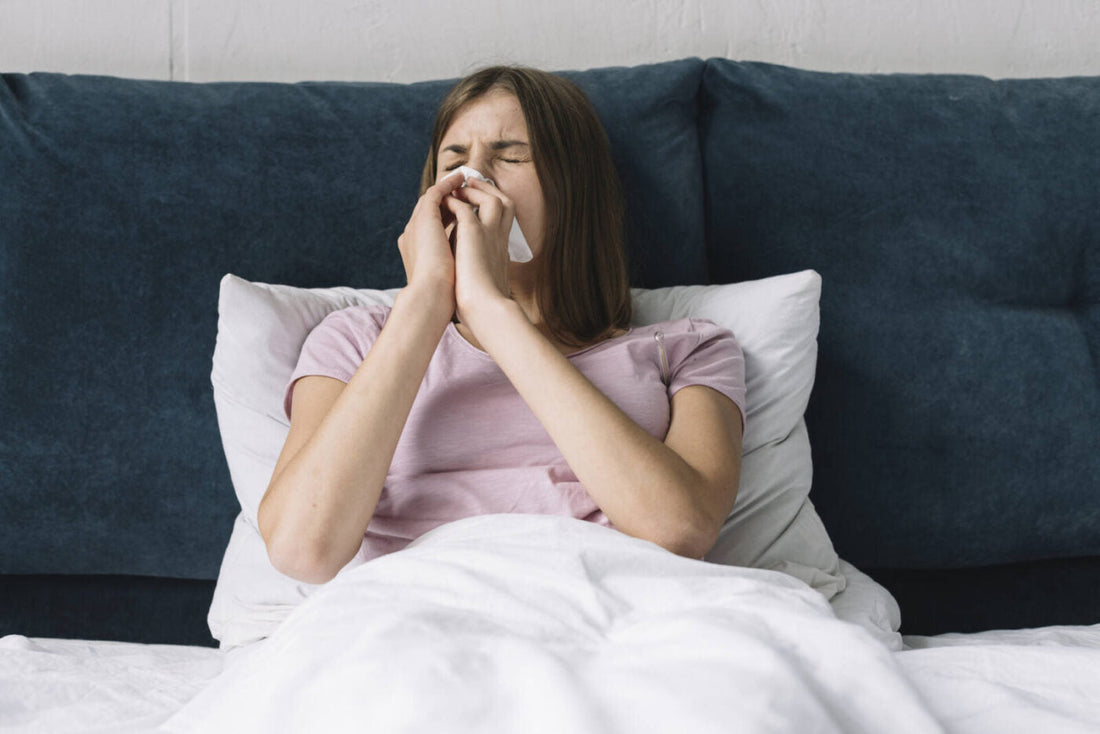In the tranquil setting of your bedroom, there lurk legions of invisible adversaries.
These microscopic intruders are called the dust mites. They’re super tiny bugs that live in your beds. You can’t see them, but they’re there.
They hide within the very fabric of our sanctuaries. Present in virtually every home, these tiny pests feast on dead skin cells and can spread many diseases.
They make you sneeze, have watery eyes, and can bring infections and allergies and disturb your sound sleep.
Facing the Enemy: Characteristics and Life Cycle of Dust Mites
Imagine critters are so small that you cannot see them without using equipment. However, you can feel their effects profoundly.
Dust mites are eight-legged creatures measuring mere hundreds of micrometers. They are distant relatives of spiders and live only for a few weeks. While they can only live for 2-4 weeks, they can create a colony that can wreak havoc for years.
They love warm and damp places, which makes our beds an irresistible habitat, a perfect spot for them to thrive. That’s because they eat on our dead skin when we sleep.
So, as we slumber, we unknowingly nourish these pests. A week sees us shed about 1/5 ounce of dead skin, turning our beds into a lavish buffet.
The alarming fact? A single mattress could be home to over 100,000 mites. As we toss and turn, these mites and their droppings get dispersed, making them easy inhalants that cause many diseases.
Diseases Caused By Dust Mites
While too small to see (you’ll need a microscope) mites make their presence known through a host of diseases. For many, an infestation of these critters can cause dust mite bites and other reactions from the body.
Here are some health issues you can get from these pests.
Hay Fever (Allergic Rhinitis)
Dust mite exposure can trigger allergic rhinitis, a condition where the inside of the nose becomes inflamed. Here are some of the symptoms:
• Sneezing
• Runny or stuffy nose
• Itchy or watery eyes
• Itchy throat or ears
Asthma
Dust mites can trigger or worsen asthma. Symptoms of this disease include
• Wheezing
• Shortness of breath
• Chest tightness
• Coughing, especially at night or early morning
Eczema (Atopic Dermatitis)
While not the only cause of eczema, dust mite allergens can trigger or worsen this skin condition. Signs and symptoms of eczema include
• Itchy, inflamed skin
• Red or brownish-gray patches
• Small raised bumps that might release fluid when scratched
• Cracked, scaly, or thickened skin
Dust Mite Allergy
Dust mite allergy can produce symptoms similar to hay fever and can be a year-round ailment. This allergy can result in:
• Sneezing
• Runny or stuffy nose
• Red, itchy, or teary eyes
• Wheezing, coughing, or shortness of breath
• Tightness in the chest
• Itchy skin
Conjunctivitis
Dust mites—together with animal dander and molds—are common causes of sore eyes or conjunctivitis. This disease is common because our eyes cannot stop the impact of mite droppings and other allergens on their surface. Symptoms of this illness include:
• Watery, itchy eyes
• Redness and burning of eyes
Glue Ears
Glue ears are a common condition in children that occurs when fluid builds up their middle ear, which takes up the space behind their eardrums. Dust mite allergy often causes this disease. Its symptoms include:
• Release of thick and sticky fluid
• Reduced hearing (especially in children)
• Temporary deafness

Reasons Dust Mites Cause Diseases
What’s with these tiny organisms that cause these diseases? Do dust mites bite, like other insects?
While these microscopic critters don’t bite, you can get sick from the allergic reactions from them. Proteins in decomposing bodies and feces of dust mites are some of the allergens that can trigger the allergic responses mentioned above.
If you are experiencing any of the symptoms above and suspect you get them likely from dust mites, you should consult a healthcare professional. They can offer guidance on both diagnosis and management.
How To Eradicate Dust Mites
Complete eradication of dust mites might be challenging because of their microscopic size and elusiveness. But you can reduce and control their population using
Barrier Strategy
Choose covers for mattresses and pillows that can block allergens. These act as barriers that can prevent mites from spreading outside.
High-temperature Treatment
Limit the spread of the mite population by weekly washing of your beddings in hot water (above 130°F).
Efficient Vacuuming Using Advanced Models
Equip yourself with an advanced bed vacuum. These devices have HEPA filter vacuum cleaners. It not only removes but also traps the allergens.
Regular Use of Advanced Vacuums
Modern tech offers vacuums using UV+ (ultraviolet) light, which can kill mites, rendering them harmless.
Integrating these measures makes your sleeping environment inhospitable for mites and paves the way for a restful, uninterrupted slumber.
Raycop, the Dust Mite Buster
One effective way to kill dust mites in your bedroom is by buying Raycop handheld vacuums. They are equipped with advanced technology to control dust mites. Here are the ways they can help contain the spread or even bust these tiny pests:
UV+ Sterilization
Raycop handhelds have powerful UV+ lamps inside. The UV light breaks down the DNA of dust mites and germs, killing them. This technology gets rid of mites and cleans surfaces without using chemicals.
Powerful Suction
Raycop mattress vacuum models have powerful suction, which pulls dust mites, eggs, and poop from deep inside fabrics and different surfaces. It also stops these pests from spreading and laying more eggs.
Advanced Filter
Raycop devices usually have HEPA filters. HEPA stands for “High-Efficiency Particulate Air.” These filters trap even the tiniest bits of dust mites and poop so they don’t go back into the air.
Vibrating Pads or Brushes
Some Raycop models have vibrating pads or brushes. These shake out dust mites and allergens deeply stuck in fabrics, making the vacuum to suck them up easier.
Made for Soft Surfaces
Raycop designed its handheld models to reach where dust mites live. They work well to clean soft surfaces like mattresses, pillows, and upholstery, which are hotspots for mites.
Easy to Use
Raycop handhelds are lightweight and easy to use. You can quickly clean your mattress and bedding because you can easily maneuver to get all the nooks and crannies where mites might hide. It can also extinguish dust mites and other particles on couches, rugs, and other furniture items.
Regular Cleaning
Because they’re so easy to use, Raycop handhelds give you more time for cleaning. Regularly vacuuming soft surfaces lowers the chances of dust mites coming back.
What Users Say About Raycop’s Dust Mite-Busting Power
Many Raycop customers commented on their satisfaction with owning the Raycop handhelds and their efficacy in wiping off dust mites. One happy Raycop user is Gail Szul who expressed her relief after using the RS Pro to eliminate dust mites on her bed.

As for Caseyk, a Raycop Lite user, the bed vacuum was crucial in calming down her coughing because of her dust mite allergy.

Exterminate Dust Mites with Raycop
Raycop handheld vacuums have specialized features that provide a comprehensive solution against dust mite allergy and other health issues. Not only do they physically remove these pests, but their combination of UV+ sterilization, powerful suction, and advanced filtration also ensure a healthier, more allergen-free living environment.
Visit our Raycop’s product catalog to know more!
